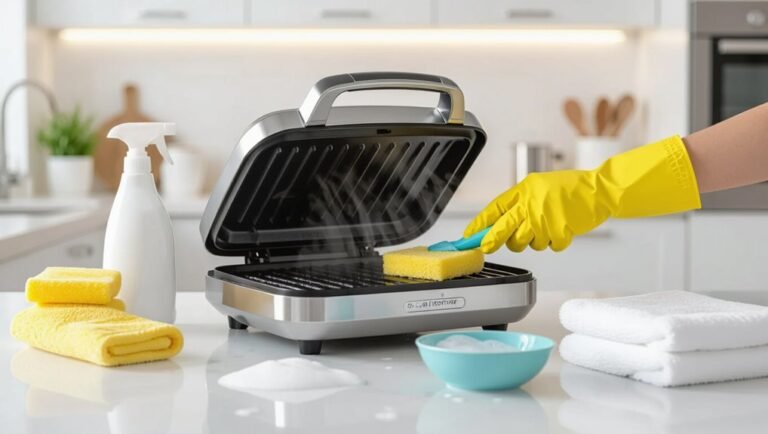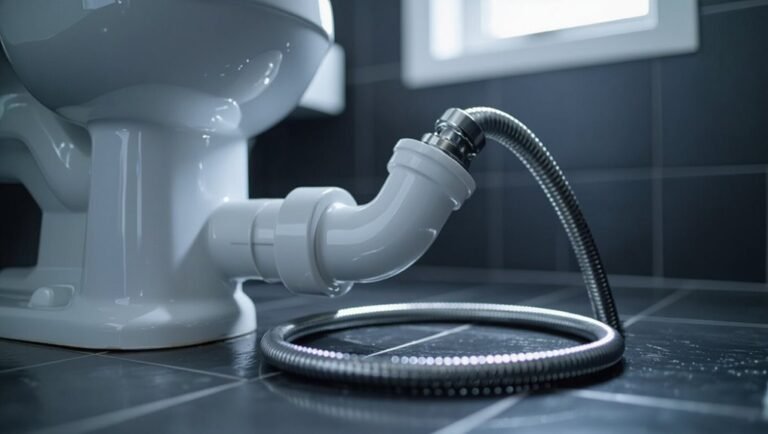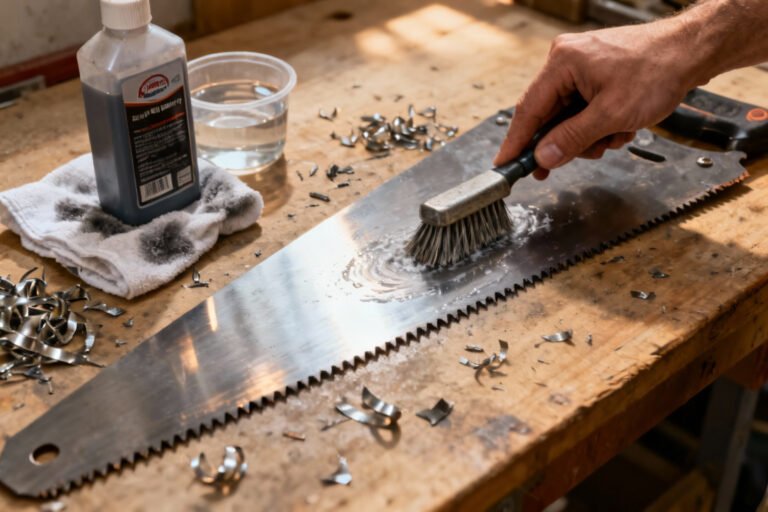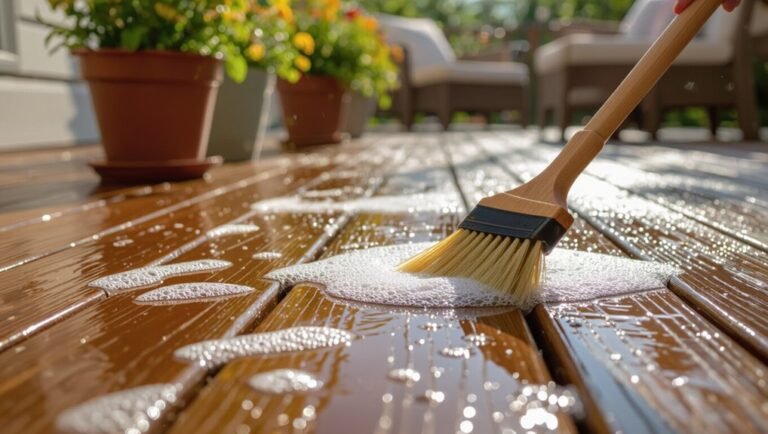Sliding doors can become hard to move when dirt and gunk build up in their tracks – a problem many homeowners face. While it's tempting to ignore cleaning these tracks until the door barely moves, keeping them clean is actually pretty simple. Just like cleaning your windows or sweeping your floors, cleaning door tracks should be part of regular home maintenance.
Some of the links in this article may be affiliate links. If you make a purchase through these links, we may earn a small commission at no extra cost to you. Thank you.
According to John Bodrozic, co-founder of HomeZada, "Most homeowners don't realize that regular maintenance of sliding door tracks can prevent expensive repairs down the road and extend the life of the door mechanisms by several years."
When doors get stuck or move roughly, it's usually because of dirt, leaves, and other bits that collect in the tracks over time. The good news is that with some basic cleaning, you can get your doors sliding smoothly again without calling a repair person or replacing any parts.
Maintain Your Door's Performance

Sliding track doors work hard for us every day, but they can only perform their best when we keep them properly maintained.
Regular cleaning and lubricating of sliding door tracks prevents dirt and grime from causing sticky movements or squeaks.
We'll want to establish a consistent maintenance routine, which includes thorough cleaning and applying silicone lubricant every few months for smooth operation.
##
Let's explore the essential steps and tips for keeping your sliding track doors in top condition.
We'll cover both the recommended cleaning practices and common mistakes to avoid, making sure you have a clear understanding of proper maintenance techniques.
Things to Do When Cleaning Sliding Track Doors
Cleaning sliding door tracks is crucial for maintaining smooth operation and preventing damage to your doors.
Regular maintenance not only extends the life of your door system but also guarantees easier daily use while preventing debris buildup that could lead to costly repairs.
A thorough cleaning approach combined with proper lubrication will keep your sliding doors functioning at their best.
- Begin with thorough vacuuming – Remove loose dirt and debris from all areas of the track, including hidden corners and crevices.
- Use brush for stubborn dirt – Scrub with a dry bristle brush or toothbrush to dislodge compacted debris.
- Apply baking soda and peroxide mixture – Create cleaning paste to break down tough grime, let sit for 5-10 minutes.
- Wipe down thoroughly – Clean all surfaces with microfiber cloth or paper towel, getting into all grooves.
- Rinse if needed – Use clean water to remove any remaining cleaning solution or residue.
- Apply lubricant – Finish with silicone-based lubricant on rollers and moving parts for smooth operation.
Things to Avoid When Cleaning Sliding Track Doors
Maintaining sliding track doors requires careful attention to cleaning methods and products to guarantee their longevity and smooth operation.
Using improper cleaning techniques or harsh chemicals can lead to permanent damage, compromised functionality, and costly repairs, making it essential to understand what practices to avoid during the cleaning process.
- Abrasive cleaners and scrubbing pads – These can create scratches and wear down the track surface, leading to rough movement and permanent damage.
- Excessive water application – Too much water can seep into crevices, causing rust, mold growth, and deterioration of door components.
- Oil-based lubricants – Products like WD-40 attract dust and debris, creating a sticky residue that makes door operation more difficult.
- Skipping hard-to-reach areas – Neglecting corners and grooves allows dirt buildup that can affect door alignment and movement.
- Bleach and harsh chemical cleaners – These substances can corrode track materials, damage seals, and weaken the door's structural integrity.
- Cleaning without inspection – Failing to check for loose parts or damage before cleaning can worsen existing problems.
- Rushed cleaning sessions – Quick, careless cleaning can miss vital areas and potentially damage track components.
Steps
Cleaning sliding door tracks is essential for maintaining smooth operation and preventing debris buildup that can cause damage over time.
Regular maintenance not only extends the life of your sliding doors but also guarantees they continue to function properly, preventing frustrating jams and squeaks that can occur when tracks become dirty and clogged with debris.
Step 1: Vacuum the sliding door track using a handheld vacuum or vacuum with hose attachment to remove loose debris.
Step 2: Apply a layer of baking soda along the track, then pour hydrogen peroxide over it.
Step 3: Let the baking soda and hydrogen peroxide mixture sit for 5-10 minutes.
Step 4: Scrub the track with a dry bristle brush or old toothbrush, paying special attention to corners.
Step 5: Wipe down the entire track with a cleaning cloth or paper towel.
Step 6: Rinse with water if needed to remove any remaining cleaning solution.
Step 7: Apply silicone-based lubricant to rollers and moving parts.
Final Thoughts
Although sliding door track maintenance might seem like a minor task, it plays an essential role in preserving your door's functionality and extending its lifespan.
##

Maintaining clean sliding door tracks is a simple yet essential task that pays dividends in the long run. Regular cleaning and maintenance not only extends the life of your sliding doors but also guarantees they operate smoothly and efficiently.
By following proper cleaning techniques – from basic vacuum cleaning to deep cleaning with baking soda and hydrogen peroxide – you can prevent costly repairs and replacements. Remember to finish the job with appropriate lubrication and periodic checks of the door's components.
Take charge of your sliding door maintenance today. Set a regular cleaning schedule, keep the right supplies on hand, and address any issues promptly. Your sliding doors will reward you with years of trouble-free operation and consistent performance.






